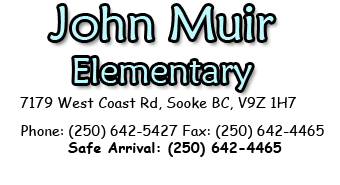Literacy Newsletter #5
April 1, 2025
Stages of Writing
“A scribble isn’t a scribble…. it’s a story, a name, a word, a masterpiece.”
Young children move through a series of stages as they are learning to write, and each stage helps to prepare children to become proficient readers and writers. What is important to note is that children move through these stages in various way – it may not happen in the same way or at the same time and the lines between the stages can be blurry.
Scribbling/drawing
In this first stage of writing, children start by scribbling and drawing and in doing so are exploring space and form. Thick markers, crayons, and unlined paper are good writer’s tools for this stage.
Letter-like forms and shapes
At this stage of writing development, children begin to display their understanding that writers use symbols to convey their meaning. Writing begins to include shapes and other figures. A writer in this stage will often write something and ask, “What does this say?” Tubs of markers, crayons, and paper remain good writer’s tools.
Letters
At this stage, children will begin to use random letters, mostly likely consonants, and especially the ones in their name. Writing usually consists of upper-case consonants without attention to spaces between words or directionality. Different types of paper, including memo pads, envelopes, lined paper and some smaller pens and pencils are good writer’s tools at this stage. Tubs of foam letters and letter magnets are also handy.
Letters and spaces
In this stage, the concept of word is being developed. Often in this stage, children develop an awareness of print in reading. Writing begins to include spaces between words. Support during this stage looks like guiding the writer to place an index finger in-between each word or by lines drawn to demonstrate one-to-one correspondence with words.
At this stage, words are often written with beginning and ending sounds. Children may also spell high frequency or known words correctly. As children become more proficient writers, they begin to spell words based on the sounds they hear, and they also experiment with punctuation.
Conventional writing and spelling
At this stage, children spell most words correctly and use their phonics knowledge to spell longer words. The conventions of writing (punctuation, correct use of capital and lower-case) appear more often. Children also learn to write for different purposes and handwriting becomes easier.
Source: Reading Rockets
